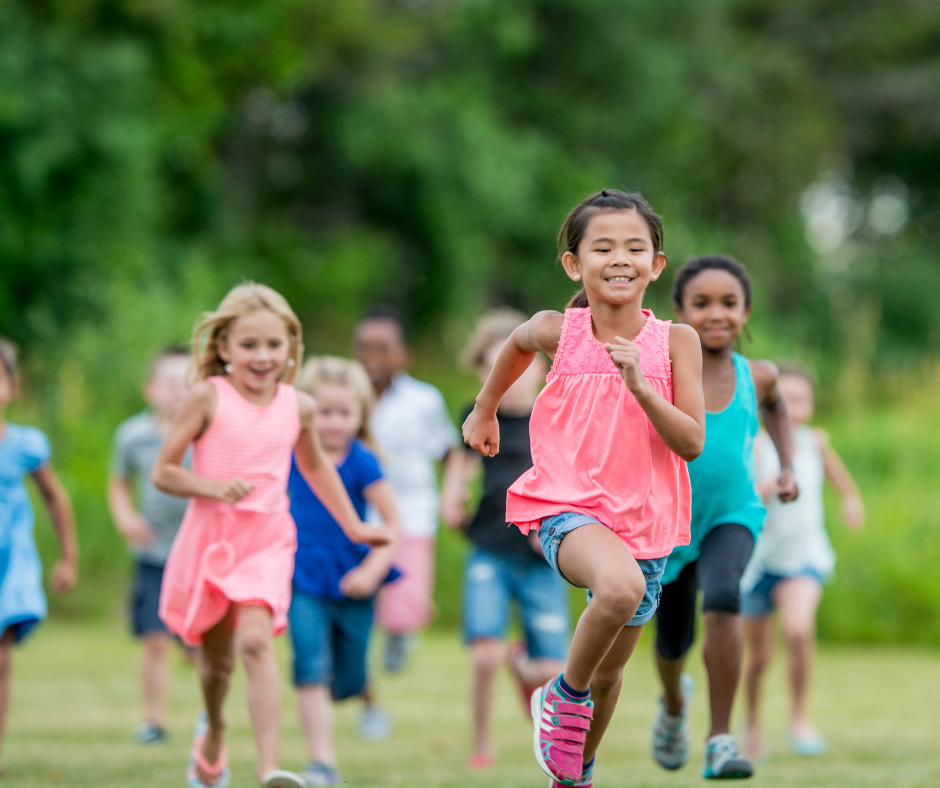
Improving Students’ Focus
Keeping students interested and on task can be a major challenge for today’s teachers. With shortened attention spans and extended periods of sitting, children have trouble staying focused enough to learn and retain lessons. Here are some ways to keep students focused and learning.
YOGA FOR MINDFULNESS
Schools in Virginia Beach practice yoga for mindfulness in their classrooms. With a designated yoga classroom, teachers can sign up for the space and take students there to center themselves. According to teachers at the school, it works wonders for teaching kids to be in the moment and focus their energy on schoolwork after the session. In the long-term, it also teaches self-control and techniques for fighting negativity and stress. The combination of focusing the mind while moving the body provides benefits for students and teachers alike.
Everyone is calmed and everyone is focused. It’s particularly helpful with assessment days; they score better.
Would you consider yoga or meditation in your classroom?
MAKE TIME FOR ACTIVITY BREAKS
Incorporating activity breaks into the school day is one way to get students moving more. These sessions of about 3-20 minutes can take many forms. Teachers can get students out of their seats and dancing, doing jumping jacks, running in place — just about any physical activity will work. A variety of movements are ideal and will to develop the vestibular sense and avoid the hidden dangers of sitting still.
DO A WALKABOUT
We would be remiss if we didn’t talk about how Walkabouts can improve students’ focus. Walkabouts get students out of their desks and moving. When a classroom full of children moves at the same time, it may seem chaotic to the untrained observer. However, that learning-focused movement not only “gets out the wiggles,” it also creates more neuron connections to the lesson concept being taught, thus increasing learning retention in the long run.
A REWARD SYSTEM
Some students can focus more when they know they can earn a reward for accomplishing a task. For example, if a teacher announces that if everyone finishes a Walksheet by the next morning, the class will be rewarded with a fun activity, such as a extra recess time or a math relay game, many students will put more effort into accomplishing the task at hand. Working toward a reward can be a powerful motivator in improving students’ focus.
BE UNPREDICTABLE
Children thrive on a structured schedule because it makes them feel safe and nurtured. Knowing what to expect in a classroom and the normal school day helps teach them the responsibility to adhere to the rules and expectations. While this structure is overall a good thing, sometimes a break in routine is exactly what students need. For example, after a few weeks of routine, students know they have a math class in the afternoon. Imagine their surprise and delight when the teacher announces that instead of indoor math, they will have an outside classroom time or an in-school field trip or lesson that takes place in another location within the school. By breaking up the routine once in a while, students will focus on the new activity. Because they don’t know what to expect, they’ll have to pay attention in order to participate.
What tactics do you use to keep children focused and learning?





